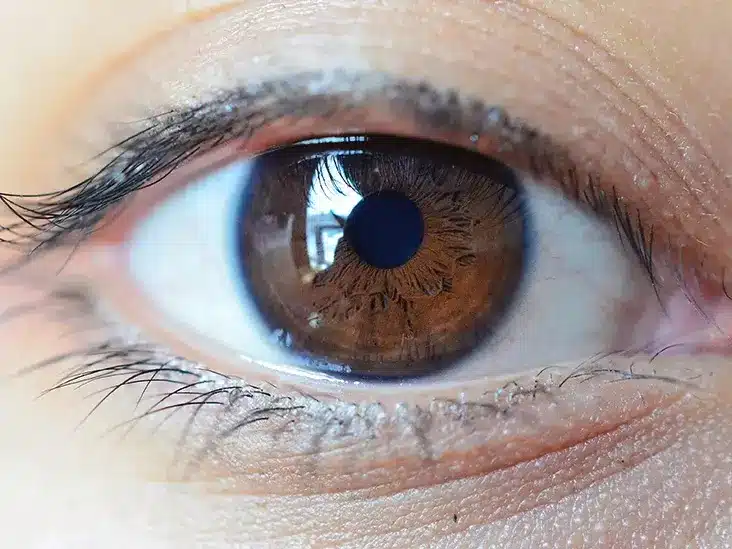When it comes to understanding how drugs affect the pupils, it’s important to explore the fascinating connection between drug use and changes in our eyes. Pupils, the dark circular openings in the center of our irises, can provide valuable insights into a person’s state of intoxication or drug influence.
Drugs can impact the size of our pupils, causing them to either constrict or dilate. Let’s delve into how different substances affect pupil size and what it signifies.
How Stimulant Drugs Affect the Pupils
Stimulant drugs, such as cocaine and amphetamines, often cause pupil dilation. These drugs stimulate the sympathetic nervous system, leading to an increase in the release of norepinephrine. As a result, the pupils dilate, becoming larger and more open. This reaction is a physiological response to heightened arousal and increased energy levels.

How Depressant Drugs Affect the Pupils
In contrast, depressant drugs like opioids and benzodiazepines tend to cause pupil constriction. These substances have a sedating effect on the body and slow down the central nervous system. As a consequence, the pupils become smaller and appear pinpoint in size. This reaction is an indication of the drug’s calming and inhibitory effects on the body.
How Hallucinogenic Drugs Affect the Pupils
How Hallucinogenic drugs affect the pupils, such as LSD and psilocybin mushrooms, have a unique impact. These substances can cause both dilation and constriction, depending on various factors like dosage and individual sensitivity. Initially, hallucinogens may cause pupil dilation, enhancing visual perception. However, as the effects intensify, constriction can occur due to the activation of other receptor systems.
Marijuana Affects on the Pupils
Transitioning to the influence of how drugs affect pupil size, let’s explore marijuana. Cannabis use is known to cause pupil dilation due to the presence of psychoactive compounds like THC. The dilation can occur within minutes after smoking or ingesting marijuana, and it typically lasts for a few hours. Additionally, redness or bloodshot eyes can also accompany this dilation, which is a common side effect of cannabis use.
Alcohol Affects on the Pupils
Moving on to the impact of alcohol, it’s worth noting that alcohol can have variable effects on pupil size. Initially, alcohol consumption may cause pupil constriction due to its depressant properties. However, larger amounts of alcohol can lead to dilated pupils, potentially indicating intoxication or the body’s attempt to compensate for the alcohol’s sedative effects.
Prescription & Over The Counter Drugs Affect on Pupils
Certain prescription medications, such as opioids, can also affect the pupils. Opioids tend to cause significant pupil constriction, often referred to as “pinpoint pupils.” This reaction is a characteristic sign of opioid use and can be a valuable clue for medical professionals when assessing a patient’s condition.
Furthermore, some over-the-counter drugs and medications, like antihistamines and certain antidepressants, can also induce pupil constriction. These substances act on receptors in the eyes and can cause temporary changes in pupil size.
It’s important to recognize that changes in pupil size alone do not provide a definitive diagnosis of drug use. Other factors and behavioral cues should be considered to form a more comprehensive understanding. Additionally, pupil size can also be influenced by factors unrelated to drug use, such as lighting conditions and emotional states.
In conclusion, drugs have distinct effects on pupil size, with stimulants often causing dilation and depressants leading to constriction. Hallucinogens can induce both dilation and constriction, depending on various factors. Marijuana addiction and alcohol addiction can also impact pupil size, while opioids and certain medications typically cause constriction. Understanding these pupil responses can be helpful in recognizing potential drug influence or intoxication, but it is crucial to consider additional factors and context for an accurate assessment. Pupil size serves as just one piece of the puzzle when it comes to understanding the complex relationship between drugs and the human body. If you sense a loved one struggling with substance abuse call (888)-401-1179 now.

